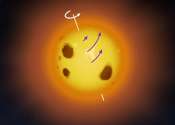How America's elites may hold the key to lowering murder rates
New crime laws, police funding and similar efforts may have some effect on homicide rates in the United States—but the biggest impact will come from the actions of our political and economic elites.









